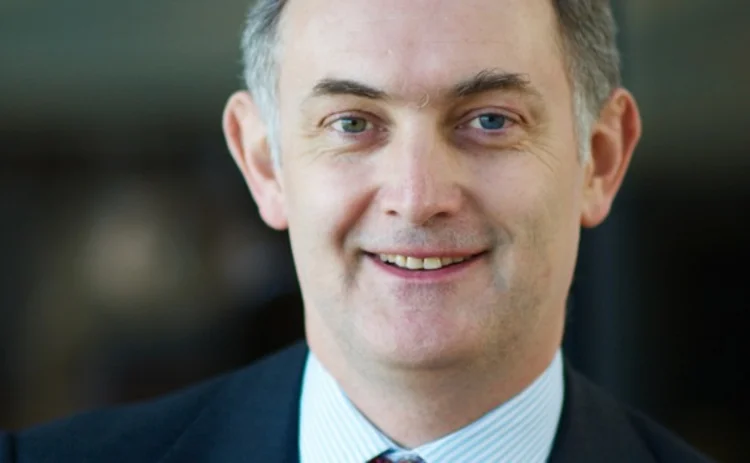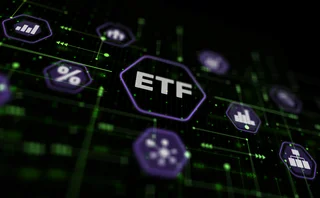Open Platform: Planning for the Inevitable with T2S

As a result, securities market participants of all types will have to make changes to their operations and technology, and getting ready could come at a significant price. The first step for every player has to be a thorough assessment of the impact of the changes on their back offices, as the basis for determining how to evolve post-trade environments most efficiently, minimizing the cost and maximizing the value of this necessary technology revamp.
For those players ─ central securities depositories (CSDs) and some large banks ─ planning to connect directly to T2S, we know the back-office adaptation costs will be considerable. As independent analyst Celent states in its recent report, The European Post-Trade Ecosystem under T2S: Dealing with Complexity, the level of investment required will vary depending on the number of markets accessed, settlement volumes, current market practices and the approach taken. But for a market participant that decides to adapt its current back office system using a combination of communications hub and message translators, the spend will already be in the €7 million range. For players that decide to completely revamp their back office systems, the investment will be higher still at between €12 million for the settlement function only ─ and as much as €27 million if custody is added on top.
Complexity
As Celent notes, a significant portion of this IT investment will be driven by the need to cope with "communication complexity". Though T2S will drive adoption of ISO 20022 standard messaging for post-trade communications, the whole post-trade environment will not migrate at the same pace. Market participants' back offices will still have to cope with information in multiple different formats and, despite the harmonization being introduced through T2S, with many local specificities.
For smaller CSDs, whose differentiator has been providing access to settlement in local markets, the future post-T2S could be bleak, Celent points out. Certainly there are opportunities to offer additional value-added services in order to compensate for the commoditization of settlement activities, in areas such as asset servicing and collateral management. However, to be competitive in such activities will require more IT spend, so a thorough analysis upfront to determine which opportunities are realistic and what it will take in terms of investment in technology to realize them is vital.
So what impact will T2S have on the back offices of market participants that do not connect directly? According to Celent, many such players do not know, because they are lagging behind the CSDs and the large banks in terms of their awareness of the implications of T2S and their preparations for its arrival.
Like it or not, the harmonization of Europe's post-trade infrastructure is under way, and to a greater or lesser degree all players in the securities markets will have to make adaptations to their back offices in order to operate efficiently and successfully in the new environment.
This could prove to be a mistake, because the new platform will change the way settlements work, and this will affect even those market participants that do not join directly, even if it is not precisely clear yet exactly how. Detailed industry debate on this has yet to happen, but already some questions are being raised. For example, T2S will generate much more intraday information about settlements than is typically available today. To what extent will direct users of T2S make this data available to indirect participants? Will it facilitate a better understanding of settlement times and states, reducing uncertainty and risk? What technology solutions will the providers and consumers of this information need to take advantage of it?
First Movers
Depending on how the situation plays out, there will be systems implications for players using T2S indirectly, and it would pay to investigate these as early as possible, to be ready in good time to make any technology changes that are required.
Like it or not, the harmonization of Europe's post-trade infrastructure is under way, and to a greater or lesser degree all players in the securities markets will have to make adaptations to their back offices in order to operate efficiently and successfully in the new environment. Early investigation of the implications is key, in order to budget and plan for the process and technology changes that are an inevitable consequence of the evolution of securities settlement in Europe going forward.
Harry Newman is the head of market initiatives, EMEA at Swift. The views expressed are those of the author and do not necessarily represent those of Swift or Waters.
Editor's Note: The Celent report cited by the author, while independently produced, was sponsored by Swift.
Only users who have a paid subscription or are part of a corporate subscription are able to print or copy content.
To access these options, along with all other subscription benefits, please contact info@waterstechnology.com or view our subscription options here: http://subscriptions.waterstechnology.com/subscribe
You are currently unable to print this content. Please contact info@waterstechnology.com to find out more.
You are currently unable to copy this content. Please contact info@waterstechnology.com to find out more.
Copyright Infopro Digital Limited. All rights reserved.
You may share this content using our article tools. Printing this content is for the sole use of the Authorised User (named subscriber), as outlined in our terms and conditions - https://www.infopro-insight.com/terms-conditions/insight-subscriptions/
If you would like to purchase additional rights please email info@waterstechnology.com
Copyright Infopro Digital Limited. All rights reserved.
You may share this content using our article tools. Copying this content is for the sole use of the Authorised User (named subscriber), as outlined in our terms and conditions - https://www.infopro-insight.com/terms-conditions/insight-subscriptions/
If you would like to purchase additional rights please email info@waterstechnology.com
More on Trading Tech
Can exchanges leverage new tech to claw back ETF share from RFQ platforms?
Systematic trading strategies and proliferating data are bringing efficiency to an otherwise-fragmented European ETF market.
Nasdaq reshuffles tech divisions post-Adenza
Adenza is now fully integrated into the exchange operator’s ecosystem, bringing opportunities for new business and a fresh perspective on how fintech fits into its strategy.
Liquidnet sees electronic future for gray bond trading
TP Icap’s gray market bond trading unit has more than doubled transactions in the first quarter of 2024.
This Week: HKEx's new derivatives platform; GoldenSource; Quonian-SimCorp, and more
A summary of some of the latest financial technology news.
Chris Edmonds takes the reins at ICE Fixed Income and Data Services
Edmonds is now leading ICE’s fixed income and data business as the rush to provide better data and analytics in fixed income builds.
Systematic tools gain favor in fixed income
Automation is enabling systematic strategies in fixed income that were previously reserved for equities trading. The tech gap between the two may be closing, but differences remain.
Waters Wrap: Examining the changing EMS landscape
After LSEG’s decision to sunset Redi, Anthony examines what might lie ahead for the EMS space.
This Week: Clear Street, AXA/AWS, TD Bank/Google Cloud and more
A summary of the latest financial technology news.
Most read
- Chris Edmonds takes the reins at ICE Fixed Income and Data Services
- Deutsche Börse democratizes data with Marketplace offering
- Waters Wavelength Podcast: Broadridge’s Joseph Lo on GPTs








